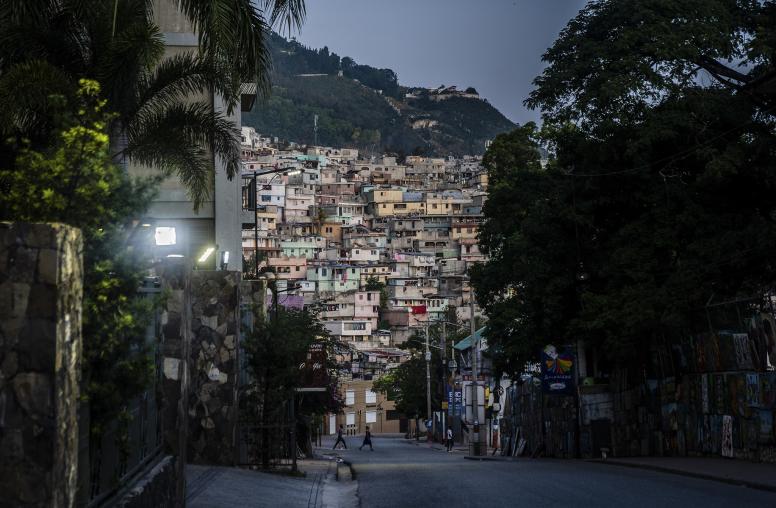Time for a Peace Paradigm in Colombia
With congressional and presidential elections respectively scheduled for March 14 and May 30, 2010, electoral politics in Colombia will shape the prospects for peace in the coming months. Peace does not appear on the government’s public policy agenda and it has yet to materialize as a campaign issue.

Summary
- Since the advent of Plan Colombia in 2000, U.S. policymakers have sought • to help Colombian governments win their multiple wars against insurgents, drugs and terrorism. Conventional wisdom had suggested that pursuing these paths concurrently would lead to peace and security.
- Colombia today is farther from a peace settlement than it has been in years. With national elections scheduled for the first half of 2010 and presidential candidates yet to be defined, peace does not appear on the government’s public policy agenda and it has yet to materialize as a campaign issue. Faith in a military victory appears deeply entrenched at a popular level.
- Illegal armed groups are retrenching and adapting to years of sustained military offensives and the increased capacity of Colombia’s armed forces. While security indicators had largely improved, violence in major cities last year jumped sharply, and internal displacement has reached crisis proportions.
- Colombia’s conflict is increasingly affecting the Andean neighborhood, sending hundreds of thousands of Colombians across the borders. Patterns of violence and intimidation are emerging as illegal armed groups increasingly settle into these border regions. Sporadic incursions and incidents at the border have ratcheted up rhetoric and sparked diplomatic standoffs and movement of troops. A recent bilateral military accord between Colombia and the United States has also exacerbated tensions in the hemisphere.
- Policymakers increasingly question whether staying the course in Colombia is in the U.S. best interests. Some are calling for an overhaul of U.S. policy.
- Peace and regional security are integral to the multitude of U.S. interests in Colombia, and they should no longer be subsumed to other strategic interests. It is time to seek peace as a priority. This approach should emphasize respect for human rights and the rule of law; support for truth, justice and reparations for the victims of armed conflict; and the facilitation of processes conducive to peace as a key policy objective.
About This Brief
This report is based on meetings held at USIP on December 1, 2009 with Colombian civil society leaders and members of the U.S. government and nongovernmental sectors. The meetings were part of USIP’s Citizen Dialogues for Peace Project and were co-sponsored with the Colombia Committee for Human Rights, Consultancy for Human Rights and Displacement (CODHES), and the Permanent Assembly of Civil Society for Peace. Virginia M. Bouvier, senior program officer in the Center for Mediation and Conflict Resolution and director of the Colombia Conflict Team at the U.S. Institute of Peace, and Jorge Rojas, director of CODHES, moderated the sessions.


